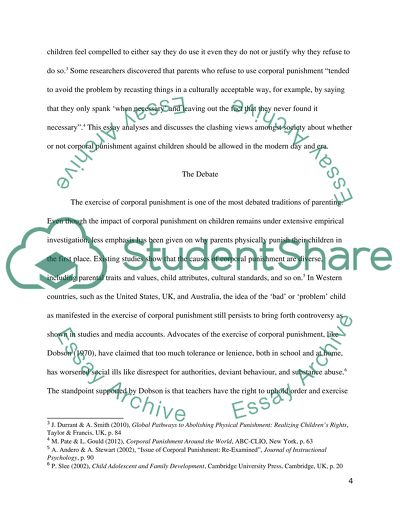Cite this document
(“Corporal Punishment: A Cultural and Legal Dilemma Essay”, n.d.)
Retrieved from https://studentshare.org/sociology/1404358-corporal-punishment-the-varying-cultural-views
Retrieved from https://studentshare.org/sociology/1404358-corporal-punishment-the-varying-cultural-views
(Corporal Punishment: A Cultural and Legal Dilemma Essay)
https://studentshare.org/sociology/1404358-corporal-punishment-the-varying-cultural-views.
https://studentshare.org/sociology/1404358-corporal-punishment-the-varying-cultural-views.
“Corporal Punishment: A Cultural and Legal Dilemma Essay”, n.d. https://studentshare.org/sociology/1404358-corporal-punishment-the-varying-cultural-views.


